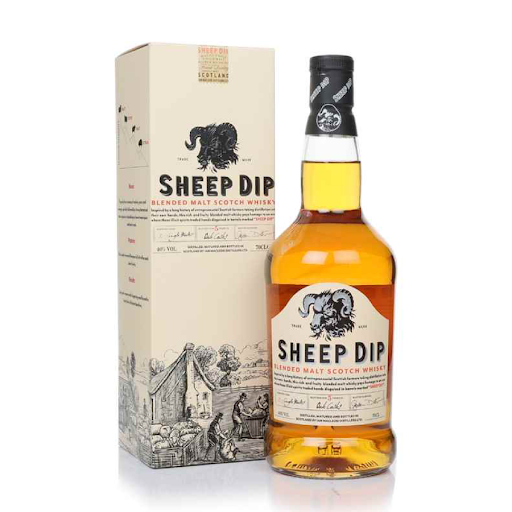For whiskey enthusiasts, the aging process is not just a waiting game—it’s an essential part of crafting a spirit with depth, complexity, and character. Malt whiskey undergoes a transformative journey inside oak casks, where time and nature work together to refine its flavor, texture, and aroma. The longer the whiskey ages, the more it interacts with the wood, absorbing compounds that enhance its profile. But why does aging matter, and what makes it so crucial in defining a whiskey’s quality?
In this blog, we’ll explore how aging affects malt whiskey, the role of different casks, and why time is the key ingredient in achieving a truly remarkable dram.

The Science Behind Whiskey Aging
Unlike some spirits that can be enjoyed immediately after distillation, whiskey requires aging to develop its signature flavors. When new-make spirit is placed into barrels, it undergoes chemical changes that soften the harshness of raw alcohol and introduce a variety of nuanced notes.
How Wood Impacts the Flavor
Oak barrels are essential for aging because they influence the whiskey’s character in several ways:
- Extraction: The spirit absorbs compounds like vanillin, tannins, and lignins from the wood, imparting flavors of vanilla, caramel, and spice.
- Oxidation: Over time, small amounts of oxygen interact with the whiskey, rounding out the flavors and reducing any harshness.
- Evaporation: The “angel’s share” refers to the portion of whiskey that evaporates each year, concentrating the remaining liquid and intensifying its richness.
Aging and Whiskey Maturity: Is Older Always Better?
While age is a key factor in whiskey quality, older doesn’t always mean better. Some whiskeys reach their peak at around 10-15 years, while others benefit from extended maturation beyond 20 years.
Younger Whiskeys (3-10 Years)
These whiskeys tend to have a more vibrant and raw character, with pronounced grain and fruity notes. While they may lack the depth of older expressions, they can be fresh and exciting.
Mid-Aged Whiskeys (10-18 Years)
This is the sweet spot for many malt whiskey connoisseurs, as the balance between wood influence and spirit character is often ideal. These whiskeys showcase well-rounded flavors with deep complexity.
Older Whiskeys (18+ Years)
Long-aged whiskeys develop intense, concentrated flavors, often with strong oak and spice notes. However, too much time in the barrel can lead to excessive tannins, making the whiskey overly dry or woody.
Why Aging Matters for Whiskey Lovers
The aging process isn’t just a technicality—it’s a defining element of whiskey’s identity. For collectors and casual drinkers alike, the age statement serves as a guide to understanding the whiskey’s expected characteristics.
- Enhanced Flavor Development: With time, whiskey gains complexity, transforming from a simple spirit into a sophisticated experience.
- Smoothness and Maturity: Longer aging allows harsh alcohol notes to mellow, resulting in a smoother sip.
- Unique Expressions: Different aging techniques create a wide range of styles, allowing whiskey lovers to explore diverse profiles.
The Role of Different Casks in Aging
The type of cask used for aging has a significant impact on the final product. Distilleries often experiment with different barrels to create unique expressions of malt whiskey.
1. American Oak Barrels
Most commonly used in Scotch and bourbon production, American oak barrels provide sweet and creamy flavors, with notes of honey, vanilla, and toffee.
2. European Oak Barrels
These barrels, often used for sherry cask aging, contribute bold, spicy, and tannic characteristics, adding depth and complexity to the whiskey.
3. Ex-Wine and Ex-Spirit Casks
Some distilleries age whiskey in barrels that previously held wine, port, or even rum. These casks infuse additional layers of fruitiness and warmth into the spirit. Interestingly, similar aging techniques are used in other spirits, such as anejo tequila, which develops rich caramel and oak notes from extended barrel aging.
Conclusion
The aging process is at the heart of what makes malt whiskey an exceptional spirit. Time, wood, and environmental conditions all contribute to the depth and richness that define a well-aged whiskey. Just like anejo tequila, where extended barrel aging enhances its luxurious taste, whiskey benefits immensely from the right balance of maturation. Whether you prefer a younger, vibrant expression or a decades-old masterpiece, understanding the impact of aging helps you appreciate the craftsmanship behind every bottle.
